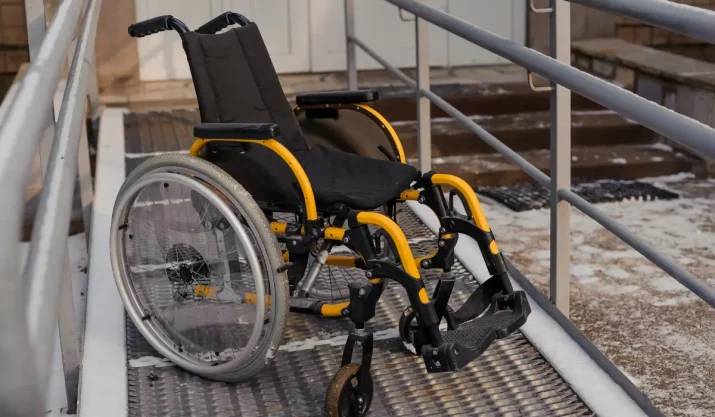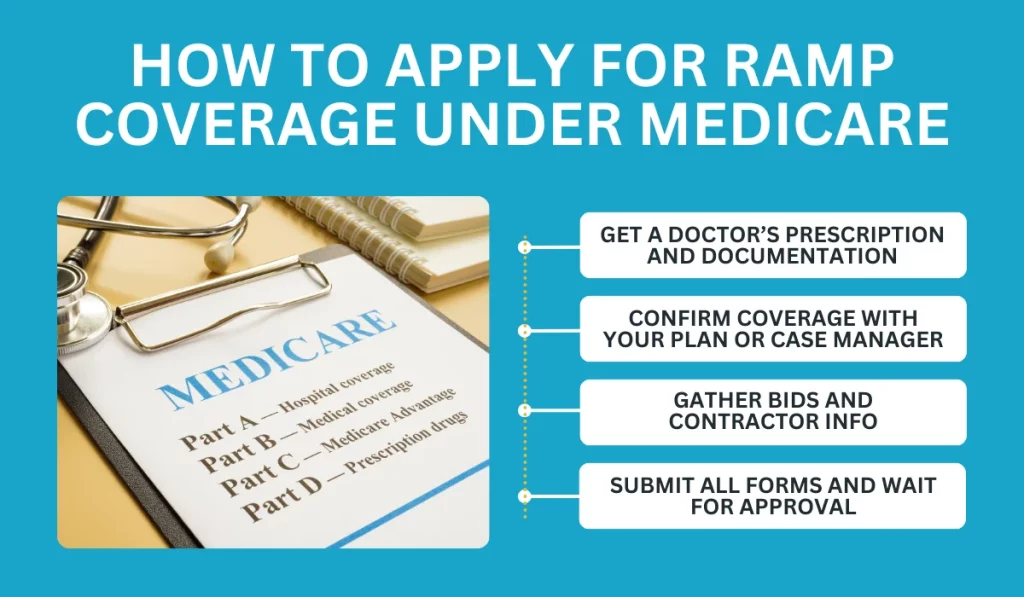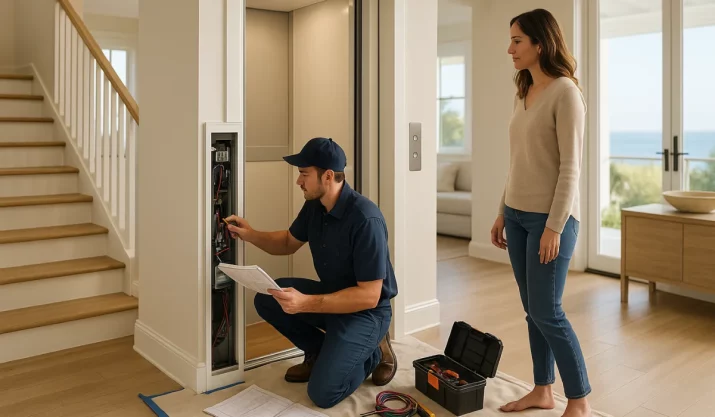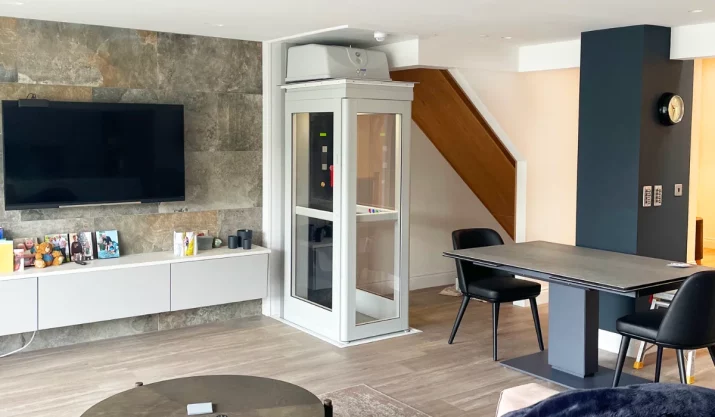Does Medicare Cover Wheelchair Ramps? Here’s What to Know

Table of Contents
If you or someone you care for uses a wheelchair or scooter, you’ve likely looked into getting a ramp installed at home. It’s a practical upgrade that can make a big difference—but it’s also a home improvement that comes with costs. And naturally, the next question is: will Medicare help cover it?
The short answer is: it depends.
Knowing how Medicare coverage works can help you make the right choice for your health care needs.
Key Takeaways
- Medicare usually does not pay for wheelchair ramps because they count as home improvements instead of medical equipment.
- Some Medicare Advantage plans might help cover ramps if they prevent injuries or support safe home access.
- Approval often needs a doctor’s note, insurance check, contractor bids, and submitting paperwork to your health plan.
- Other support may come from Medicaid waivers, non-profits, veterans’ benefits, or services like California Mobility offers.
When Does Medicare Cover Wheelchair Ramps?
To understand what’s possible, you’ll want to know how Medicare defines durable medical equipment (DME) and how that ties into your specific plan.
Let’s break down the scenarios where a wheelchair ramp might be covered—directly or indirectly.
You’re Prescribed a Ramp for a Specific Medical Condition
If you have mobility issues that make it difficult or unsafe to enter or exit your own home, your doctor may recommend a wheelchair ramp as part of your treatment plan.
Under Medicare Part B (Medical Insurance), DME includes things like hospital beds, canes, walkers, and some scooters. Unfortunately, prescription drugs and ramps don’t typically fall under this category because they’re considered home modifications, not medical equipment.
However, when a ramp is part of a larger care plan to support your ability to live independently, especially after a hospitalization or injury, it may open the door to alternative funding options through waivers or community-based services.
You Have a Medicare Advantage Plan (Part C)
Medicare Advantage Plans, also known as Part C, are offered by private insurance companies and include all benefits from Medicare Parts A and B. These plans often include extras—like vision, dental, and sometimes, help with home adaptations such as wheelchair ramps and grab bars.
While Original Medicare does not cover wheelchair ramps, some plans do. These benefits are often aimed at preventing falls and avoiding a move to a nursing home or long-term care facility.
But coverage isn’t guaranteed—it varies depending on your insurer, the specifics of your Medicare plan, and your state of residence.
To find out exactly what’s covered, call your plan provider or speak with a licensed insurance agent who can review your options.
How to Apply for Ramp Coverage Under Medicare

If you’re eligible for help through a Medicare Advantage plan, getting approval takes a few key steps. Here’s how to start the process.
Step 1: Get a Doctor’s Prescription and Documentation
To meet Medicare requirements, a health care provider must confirm that your need for a ramp is tied to a medical condition. They’ll need to write a prescription or statement that explains why the ramp is essential for your safety and access to care.
Be sure it includes relevant diagnosis codes and clearly connects to your mobility issues.
Step 2: Confirm Coverage With Your Plan or Case Manager
Once you have medical documentation, reach out to your health insurance provider. If you’re on a Medicare Advantage plan, speak to a representative or insurance agency about your eligibility.
Ask whether your plan covers home improvements as part of its supplemental benefits and whether a prior authorization is needed.
Step 3: Gather Bids and Contractor Info
Some plans or programs will require you to get one or more estimates from licensed contractors before moving forward. These quotes should include the total cost of the wheelchair ramp installation and specify that the work complies with ADA standards.
You’ll also want to ask whether the contractor has worked with insurance companies before—this can make the paperwork smoother.
Step 4: Submit All Forms and Wait for Approval
Once you have your documentation and estimates ready, submit everything as instructed by your insurance agency or representative.
If you’re not sure where to send forms or need help with a TTY number for communication, you can always call 1-800-MEDICARE or visit medicare.gov for support.
What if Medicare Doesn’t Cover the Ramp?
It’s true that Medicare typically won’t cover wheelchair ramps. But that doesn’t mean you’re out of options. Unlike Medicare, Medicaid programs (which are state-run) tend to have broader support for home improvements that help people age in place.
If you’re eligible for regular Medicaid or a Medicaid waiver program, you may qualify for financial assistance that covers the cost of a wheelchair ramp.
California, for example, offers Home and Community-Based Services (HCBS) waivers that support seniors and disabled individuals living in their own homes.
Other Financial Help Options
Here are more alternative ways to reduce the cost of a wheelchair ramp and make your home safer:
- Look into Medicare Supplement insurance: While these plans don’t usually add new benefits, they can help with costs like the Part B deductible or premiums, freeing up funds you could use elsewhere.
- Check with local non-profits: Organizations sometimes help seniors with limited incomes get home repairs or modifications.
- Ask your local Area Agency on Aging: They can help connect you to financial assistance programs, transportation services, or grants related to accessibility.
- Explore VA benefits: If you’re a veteran, you may be eligible for grants that support home adaptations.
- Consider long-term care programs: These services are designed to help people avoid or delay nursing home admission.
Want to Stay Safe and Independent at Home?
If you’re looking for practical ways to stay in your own home as you age, California Mobility is here to help. We specialize in professional installation of indoor and outdoor stair lifts, wheelchair ramps, home elevators, and scooter lifts—solutions that make a real difference in day-to-day living.
While Medicare and Medicaid typically do not cover most mobility equipment like stair lifts or ramps, we’re happy to answer questions and help you understand your options.
Contact us today to schedule your free consultation and take the first step toward a safer, more accessible home.






